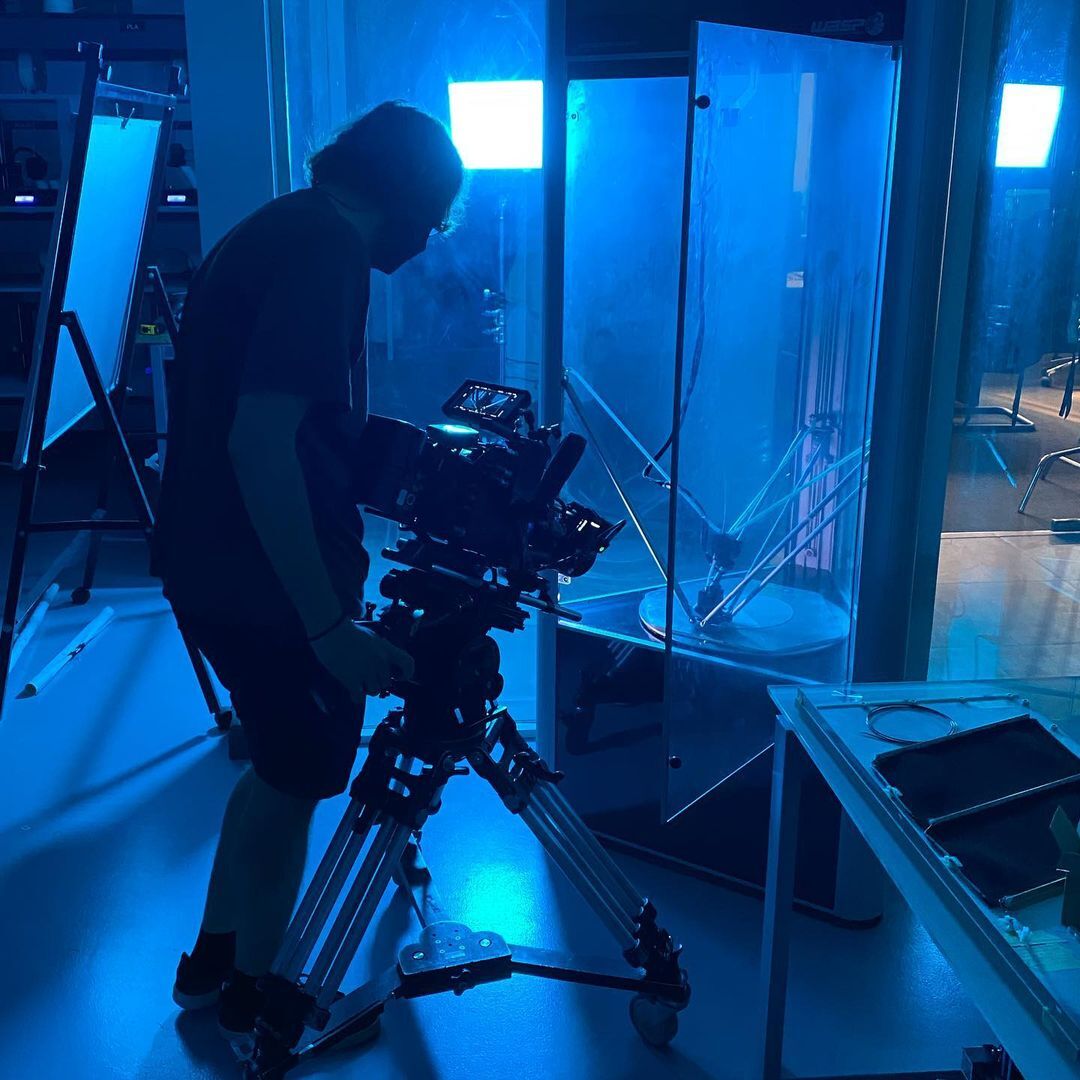5 Industries Being Transformed By 3D Printing

Since the invention of stereolithography in the early ‘80s, three-dimensional printing has ushered in a new era of innovation, disrupting conventional manufacturing practices across various industries.
This technology has unlocked remarkable possibilities, transforming how products are conceptualized, produced and distributed.
Through this revolutionary technology and process, 3D product development has found its way into sectors ranging from aerospace and automotive to healthcare and engineering, allowing for unparalleled levels of customization, speed, reliability and cost-efficiency.
From lightweight aircraft and automotive parts to intricate medical parts and architectural models, the potential of 3D printing knows no bounds, driving industries toward an exciting future of limitless innovation.












.svg)








